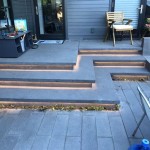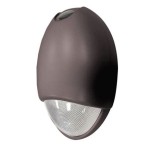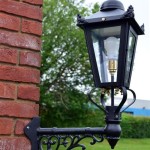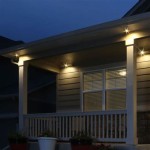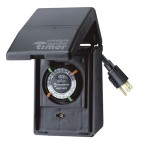Running Cable For Outdoor Lighting: A Comprehensive Guide
Outdoor lighting can dramatically enhance the safety, security, and ambiance of your property. Proper cable installation is crucial to ensure reliable and safe operation.
Understanding Wiring and Load Calculations
Before commencing with cable installation, it's essential to understand the wiring requirements for your outdoor lighting system. This includes determining the appropriate wire size and type, as well as performing accurate load calculations.
To determine wire size, consider the total wattage of the lighting fixtures and the distance between the power source and the fixtures. Use a wire size chart to select the appropriate wire gauge based on this information.
Similarly, load calculations determine the current draw of your lighting system to ensure the selected circuit can handle the load without overloading. Consult an electrician or use an online load calculator for assistance with these calculations.
Direct Burial vs. Conduit: Choosing the Best Installation Method
There are two primary methods for installing cables for outdoor lighting: direct burial and conduit. Direct burial involves burying the cables underground without any additional protection, while conduit involves running the cables through protective piping.
Direct burial is typically less expensive and easier to install, but it can be more susceptible to damage from digging or other outdoor activities. Conduit provides better protection for the cables but is more complex and costly to install.
Selecting the Right Cable
Selecting the appropriate cable is crucial for the performance and longevity of your outdoor lighting system.
- Use outdoor-rated cables designed to withstand moisture, UV exposure, and temperature fluctuations.
- Choose cables with appropriate insulation and jacket materials to ensure proper protection and safety.
- Consider the cable's flexibility and ease of installation, especially if you plan to run the cables through conduit or tight spaces.
Proper Cable Installation Techniques
Meticulous cable installation is essential to ensure the safety and reliability of your outdoor lighting system.
- Always follow local electrical codes and regulations when installing cables.
- Maintain proper cable depth when burying cables directly underground to avoid damage from digging or landscaping activities.
- Use appropriate fittings, connectors, and junction boxes to ensure proper connections and prevent moisture intrusion.
- Test the installed cables thoroughly before energizing the system to identify any issues or faults.
By following these guidelines and exercising caution during installation, you can ensure the successful and safe operation of your outdoor lighting system for years to come.

Outdoor Low Voltage Lighting Diy Family Handyman

Using A Cable To Hang String Lights Concord Carpenter
How To Hang Outdoor String Lights Resource Article By Partylights Com

The Easiest Way To Install Low Voltage Landscape Lighting Abby Organizes
How To Hang Outdoor String Lights Resource Article By Partylights Com

How To Install Landscape Lighting The Home Depot

Using A Cable To Hang String Lights Concord Carpenter

The Easiest Way To Install Low Voltage Landscape Lighting Abby Organizes

How To Install Outdoor Lighting 14 Steps With Pictures

Landscape Lights Not Working Solutions To 7 Common Problems
